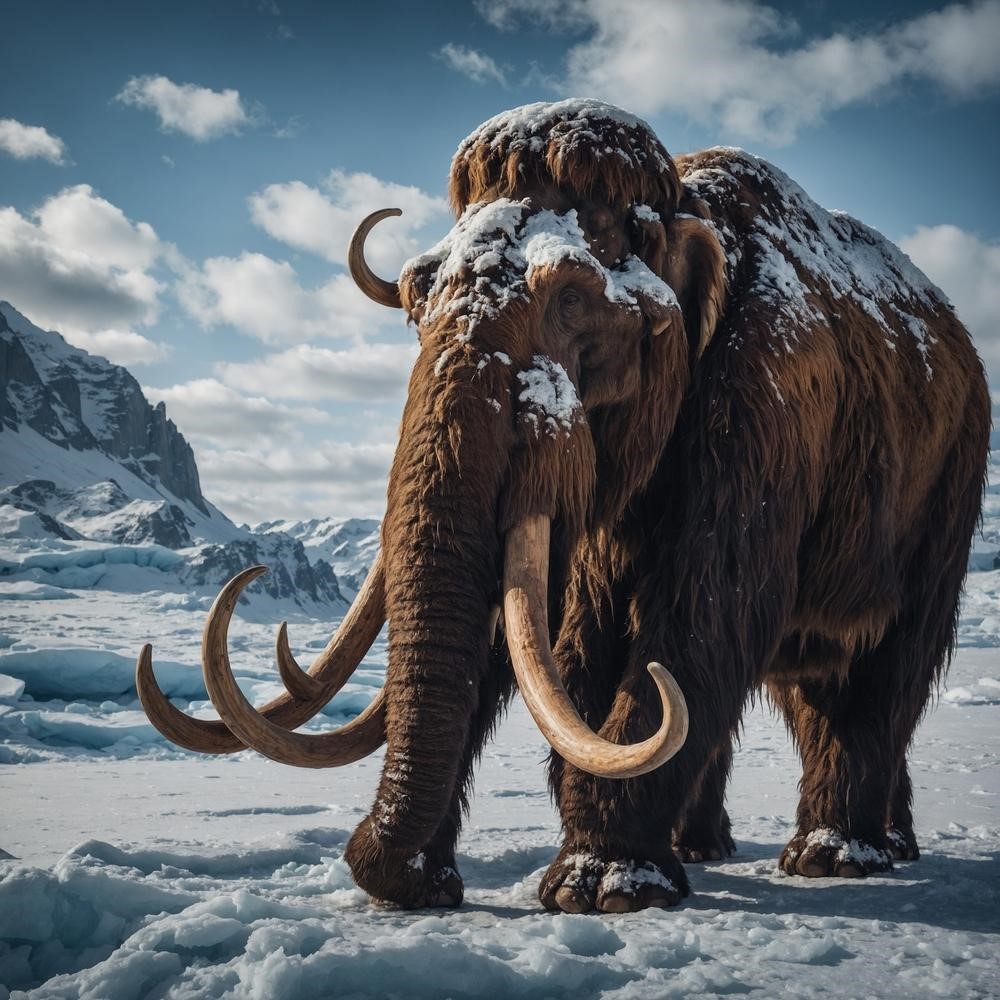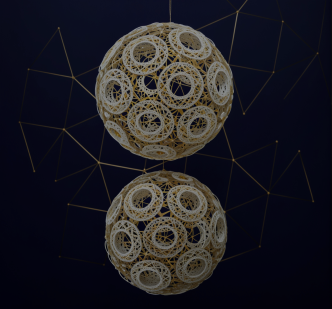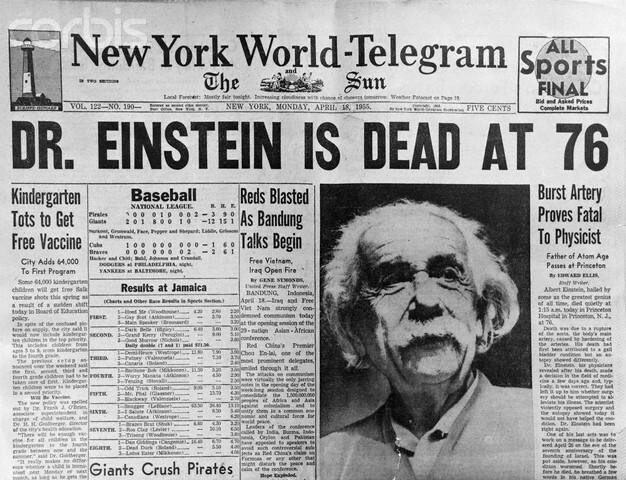As one of the most iconic and well-preserved extinct species, the woolly mammoth has long been the subject of intrigue and continues to be studied for insights into ancient DNA and modern-day conservation, like informing the protection of Arctic permafrost and grasslands. Although it has been gone for nearly 4,000 years, scientists have never been more interested in the woolly mammoth, and the Texas startup Colossal Biosciences has even made progress toward the species de-extinction.
As Colossal continues to develop and adapt the technology needed to make de-extinction a reality, it expects to have its first live calf in 2028. Using advanced gene editing technology and novel scientific advancements like induced pluripotent stem cells and modeling simulations, the company is working to create a hybrid species out of the Asian elephant — the woolly mammoth’s closest living relative — equipped with cold-adapted traits suitable for living in the Arctic.
“The mammoth team — they understand that we have all of the core technologies that we would need to create a mammoth, but what we need to do is tune them, tweak them, and make them all apply to elephant cells,” Beth Shapiro, Ph.D., Colossal’s chief science officer, said in a Q&A with Stat News.
With Colossal edging closer and closer to its 2028 timeline for the woolly mammoth’s return, here’s an overview of some recent breakthroughs the company has made towards de-extinction.
Elephant iPSCs for Improved Editing
While gene editing is a cornerstone of Colossal Biosciences’ work, the precise, cellular-level edits required to create a woolly mammoth hybrid species can’t be completed without the creation of elephant induced pluripotent stem cells, an artificial stem cell that propagates indefinitely and can be reprogrammed into any cell in the body.
By using iPSCs, Colossal can perform multiplex edits and develop the perfect formula of cold-resistant traits to refine the creation of mammoth-hybrid cellular models relying on a constant supply of Asian elephant cells. Once the company has perfected its cellular edits, it can reprogram these edited iPSCs into embryos that can then be nurtured into baby woolly mammoth hybrids.
Scientists have long sought the development of elephant iPSCs, and recently, the team at Colossal Biosciences became the world’s first to create them by blocking a unique protein called TP53 that prevents elephant cells from getting cancer and, therefore, being reprogrammed into iPSCs. Once Colossal had blocked all 29 of the elephant’s TP53 genes, it successfully created elephant iPSCs, a feat that has been years in the making.
“In the past, a multitude of attempts to generate elephant iPSCs have not been fruitful,” said Eriona Hysolli, Ph.D., Colossal’s head of biological sciences and woolly mammoth lead. “Elephants are a very special species, and we have only just begun to scratch the surface of their fundamental biology.”
She continued, “My early work in Dr. George Church’s laboratory had been partially successful with iPSC-like cells that led to the foundation of the cells we have currently developed. And now, using a multipronged approach to reprogramming, we have the most successful efforts to date. The Colossal mammoth team persisted quite successfully as this progress is invaluable for the future of elephant assisted reproductive technologies, as well as advanced cellular modeling of mammoth phenotypes.”
Now that Colossal can develop elephant eggs in a laboratory setting, the next step is maturing its reprogrammed iPSCs and creating a model for synthetic elephant embryos. This will provide even further insight into the elephant and woolly mammoth’s development and gestation cycle.
“We knew when we set out on the woolly mammoth de-extinction project that it would be challenging but we’ve always had the best team on the planet focused on the task at hand,” Colossal Biosciences’ co-founder and CEO Ben Lamm commented. “This is a momentous step, with numerous applications, that we are proud to share with the scientific community. Each step brings us closer to our long-term goals of bringing back this iconic species.”
Habitat Modeling for a Happy Rewilding
With Colossal’s work often compared to a real-life version of Jurassic Park, the company recognizes the utmost importance of discerning the impacts of the woolly mammoth on its local environment. In addition to projects like tracking African elephants to inform the understanding of woolly mammoth herd behavior, the company has developed models to predict the species’ carrying capacity, and leveraged techniques like isotopic analysis to uncover facts about its past.
“[We’re] thinking about things like, how much food would there be? How much space would you need? How many other species are there? What would the feedbacks be as far as the climate goes,” Shapiro told Gizmodo. “And so, there definitely is interest in trying to predict ecosystem impacts way before the potential of actually having any ecosystem impacts. Because clearly thinking about what would happen when we have animals that really are released on the landscape is critical to being able to make these projects move forward.”
Colossal’s recently published report, “Assessing Contemporary Arctic Habitat Availability for a Woolly Mammoth Proxy,” has provided major insights into the species’ future rewilding, including how the North Slope of Alaska could conservatively support 72,000 individuals based on the woolly mammoth’s size and diet.
By analyzing the presence of stable isotopes in woolly mammoth tusks compared to that in the ancient environment, scientists like Matthew Wooler, Colossal’s adviser and University of Alaska Fairbanks researcher, have been able to track the movement of ancient individuals throughout their entire lives.
“From the moment they’re born until the day they die, they’ve got a diary and it’s written in their tusks,” explained Pat Druckenmiller, a paleontologist and director of the UA Museum of the North. “Mother Nature doesn’t usually offer up such convenient and lifelong records of an individual’s life.”
The information unearthed in these tusks has not only helped to uncover invaluable facts about the woolly mammoth’s behavior, but has revealed its interconnectedness with ancient civilization, indicating the unlikelihood of rewilding causing humans any harm.
The Colossal (Biosciences) Future of the Woolly Mammoth
As Colossal Biosciences continues to work toward the de-extinction of the woolly mammoth and other important species like the thylacine and dodo, the company expects many more scientific breakthroughs on the horizon, though it’s difficult to predict precisely when they may come.
“There’s a lot of scientific discovery that has to happen between now and [woolly mammoth de-extinction], and ideally we could predict exactly when we’re going to make discoveries and then we can build on those. But that’s just not the way biology works. Biology is dirty and complicated. It’s not like software,” Shapiro told Gizmodo.








